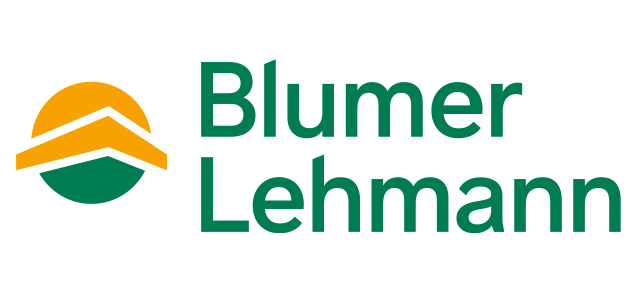Realisation of complex buildings through parametric planning

Free Form projects like the tourism structures for The Red Sea, the new Swatch building in Biel, Maggie’s visitor centre in Leeds, and the Cambridge Mosque have demonstrated that almost no design is too unusual to be built.
Ursula Frick, Head of Geometry and Parametric Planning, explains what it means to model and program geometries and to set up a system of rules through functions or construction principles.
What exactly is parametric planning?
URSULA FRICK In contrast to traditional CAD planning, which we use to draw plans, in parametric planning we program using a three-dimensional model. This means we are creating a system of rules – for example for an arched beam – by describing it using functions, parameters or construction principles and defining its position in the building, its curvature, connections to other components, etc.

About the person
Ursula Frick is head of geometry and parametric planning in timber construction.
What are the main distinguishing features of a parametric model?
URSULA FRICK Practically speaking, it involves digital 3D models that accurately define all elements, joints and connections of an architecture project subject to the given parameters. This allows us to create an end-to-end digital process chain that links the CAD design of the building directly to computer-aided CAM production. The result is precise individual components that fit together perfectly. Without parametric tools, it would be virtually impossible to execute highly complex structures such as the Swatch building.
When is parametric planning useful, or even necessary?
URSULA FRICK First you ask yourself if a configuration is random or follows a rule. If the rule can be identified, then the component or building can be parameterised, making it modifiable and adaptable. An example of this is our current project, the St. Regis Red Sea Resort, with its spiral-shaped villas and buildings with an arched design. The logic of the roofs is similar across all the structures, but the dimensions and shapes are different. So we program the basic principle – how angles and spans relate to each other – and apply this to the 200–300 different components. This saves an enormous amount of time.
«Without parametric tools, it would now be virtually impossible to execute highly complex structures.»Ursula Frick, Head of Geometry and Parametric Planning

URSULA FRICK sees parametrics as the ideal fusion of her two fields of study: construction engineering and architecture. She has been at Blumer Lehmann since 2017 and works with her team to develop expertise on all aspects of parametric planning as well as taking care of a wide variety of tasks ranging from project development and consultation in the early stages to creating bespoke geometries for production. ‘Maggie’s’ in Leeds, her first project for Blumer Lehmann, and ‘Sunflower’, a sculpture created from her own architectural designs, are particularly close to her heart.
How does timber construction benefit from parametric planning?
URSULA FRICK We are able to link up the information digitally, from the design to the production data. This means not only that our 3D models can be created with greater precision and efficiency, but the data can also be optimised for each individual machine. We can also carry out adjustments and incorporate information into the digital plans much more quickly, for example for transportation, segmentation or the assembly sequence. For the roof of the golf clubhouse in ‘The Red Sea’ project, for example, we designed a digital model that covered all the elements necessary for planning – from the axis model to static calculations all the way to detailed connection points. That means that the 20,000+ connectors in one roof element, for example steel plates and screws, were already marked out in the model.
Does the process change from design to production?
URSULA FRICK Many architects also use parametric planning tools. So their designs are already passed to us as 3D models. Or they go another step further and provide us with so-called geometry or design method statements. These describe the geometry with its system of rules, for example the underlying logic in relation to basic form and proportions. We then use this rule system to build our own 3D model, make any necessary adaptations and use it to generate optimised data for CNC processing.

Ursula Frick in conversation with Bertie Hipkin from the team.





